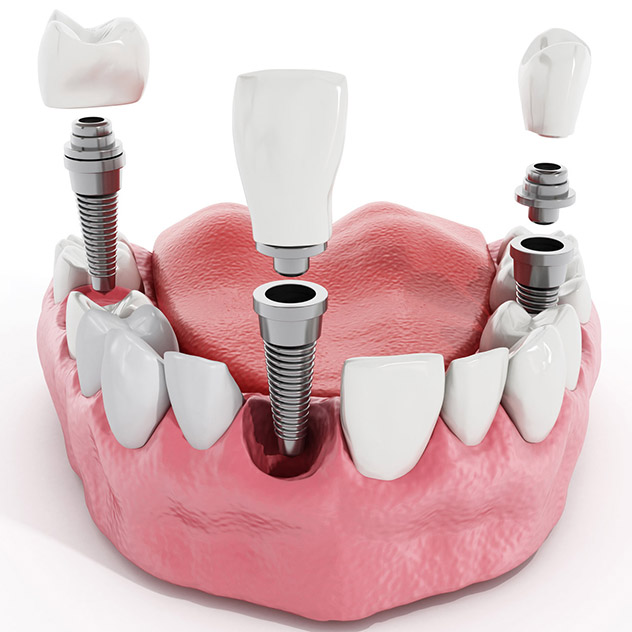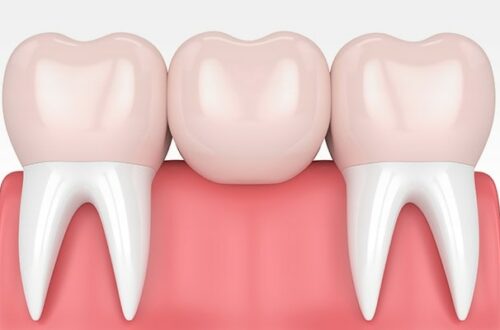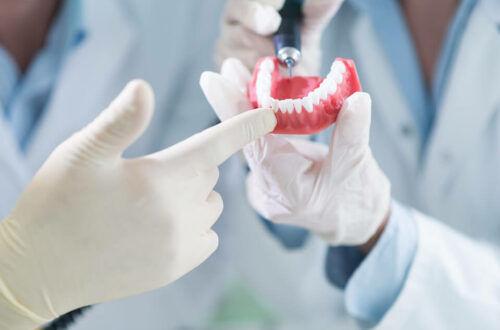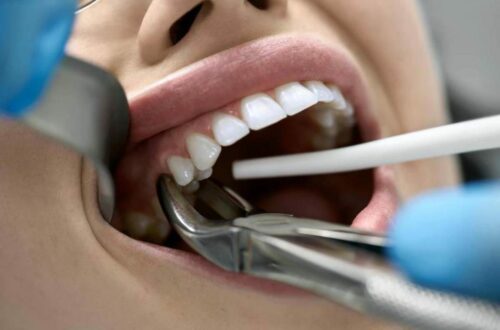
From Wooden Teeth to Modern Dentures: A Fascinating Look at the Evolution of Dental Prostheses
Throughout history, people have been seeking solutions for missing or damaged teeth. From George Washington’s famous wooden teeth to modern-day implants, the evolution of dental prostheses has been an intriguing journey. Join me as we take a fascinating look into the different types of dental prostheses that have been used over the centuries. From ancient Egyptians’ use of animal teeth to the invention of porcelain dentures in the 18th century, we will explore how these technologies have advanced and improved over time. You will discover how modern dentures are created using cutting-edge materials and techniques, and how they have revolutionized the lives of millions of people worldwide. So, let’s dive into this captivating history of dental prostheses and learn about the incredible innovations that have transformed this important aspect of human health.
Do you dream of a new, beautiful smile? A perfect solution will be the reconstruction of teeth with the use of the Poznan prosthesis service. Qualified specialists from the Stankowscy-Białach dental clinic will do it for you!
Early dental prostheses – from ancient civilizations to the Middle Ages
Dental prostheses have been in existence for thousands of years. The ancient Egyptians used animal teeth to replace their missing teeth, while the Mayans used carved stones to fill in their dental gaps. In ancient Rome, wealthy citizens would use human or animal teeth to replace their missing teeth. In the Middle Ages, people would use materials like ivory, bone, and even teeth from the dead to create dentures.
However, these early dental prostheses were often uncomfortable and unreliable. They were not custom-fit to the wearer’s mouth, and they would often slip or fall out while eating or speaking. Additionally, the materials used were often not durable and would break or decay over time. Despite these limitations, people continued to use dental prostheses as a solution for missing teeth.
The rise of dentistry in the 18th and 19th centuries
The 18th and 19th centuries saw significant advancements in dentistry and dental prostheses. In the 1700s, dentists began experimenting with different materials to create more comfortable and reliable dentures. In 1774, the first porcelain dentures were invented in France by Alexis Duchâteau. These dentures were much more durable and could be custom-fit to the wearer’s mouth.
In the 1800s, dentists began using other materials like vulcanite and acrylic to create dentures. These materials were lightweight, durable, and could be molded to fit the wearer’s mouth more precisely. Additionally, the development of anesthesia in the mid-1800s made dental procedures more comfortable and accessible, leading to more people seeking dental prostheses as a solution for their missing teeth.
The development of modern dentures in the 20th century
The 20th century saw significant advancements in dental prostheses. In the early 1900s, dentists began using metal frameworks to support dentures, making them more stable and secure. In the 1950s, acrylic resin became the primary material used to create dentures, as it was lightweight, easy to mold, and more comfortable for the wearer.
In the 1970s, the development of dental implants revolutionized the field of dental prostheses. Dental implants are titanium screws that are surgically placed into the jawbone and act as artificial tooth roots. They provide a secure foundation for single or multiple teeth replacements, making them a popular alternative to traditional dentures.
The materials used in modern dentures
Modern dentures are made from a variety of materials, including acrylic resin, porcelain, and composite resin. The type of material used depends on the patient’s needs, preferences, and budget. Acrylic resin is the most commonly used material for dentures, as it is lightweight, easy to mold, and cost-effective. Porcelain dentures, while more expensive, are more durable and have a more natural appearance.
Composite resin dentures are a newer type of denture material that is becoming increasingly popular. They are made from a mixture of acrylic resin and other materials like fiberglass or carbon fiber, making them more durable and resistant to breakage. Additionally, composite resin dentures can be custom-colored to match the patient’s natural teeth, making them a popular choice for partial dentures.
The different types of dentures – full, partial, and implant-supported
There are three main types of dentures – full, partial, and implant-supported. Full dentures are used when all of the teeth are missing in either the upper or lower jaw. They are custom-made to fit the patient’s mouth, and they are held in place by suction or adhesive.
Partial dentures are used when only a few teeth are missing. They are typically attached to the remaining natural teeth using metal clasps or precision attachments. Partial dentures can be removed for cleaning and maintenance.
Implant-supported dentures are a popular alternative to traditional dentures. They are anchored to the jawbone using dental implants, providing a more secure and stable foundation for the dentures. Implant-supported dentures can be used for both full and partial dentures.
The future of dental prostheses – advances in technology and materials
Advances in technology and materials are continuing to revolutionize the field of dental prostheses. 3D printing technology is being used to create custom-fit dentures that are more comfortable and precise. Additionally, researchers are exploring new materials like zirconia, which is stronger and more durable than traditional materials like acrylic resin.
Another promising area of research is the use of stem cells to regenerate damaged or missing teeth. Scientists are working on growing teeth in the lab using stem cells, which could potentially eliminate the need for dentures altogether.
Common misconceptions about dentures
There are many misconceptions about dentures that can cause people to avoid seeking them as a solution for their missing teeth. One common myth is that dentures are uncomfortable and difficult to wear. While it may take some time to adjust to wearing dentures, they should not be uncomfortable or painful.
Another myth is that dentures are only for older people. However, people of all ages can benefit from dentures, whether they have lost teeth due to injury, decay, or other dental issues.
Caring for your dentures – tips and advice
Proper care and maintenance of dentures are essential to ensure their longevity and effectiveness. Dentures should be cleaned daily with a soft-bristled brush and denture cleaner. They should be removed at night to give the gums and jawbone a chance to rest.
Additionally, dentures should be checked regularly by a dentist to ensure they are still fitting properly and to make any necessary adjustments.
Conclusion
The evolution of dental prostheses has been a fascinating journey, from ancient civilizations’ use of animal teeth to modern-day implants and 3D printing technology. Today, dental prostheses are more comfortable and reliable than ever before, providing a solution for millions of people worldwide who have lost their teeth. As technology and materials continue to advance, the future of dental prostheses looks bright, and we can look forward to even more exciting innovations in the years to come.
Do you dream of a new, beautiful smile? A perfect solution will be the reconstruction of teeth with the use of the Poznan prosthesis service. Qualified specialists from the Stankowscy-Białach dental clinic will do it for you!



